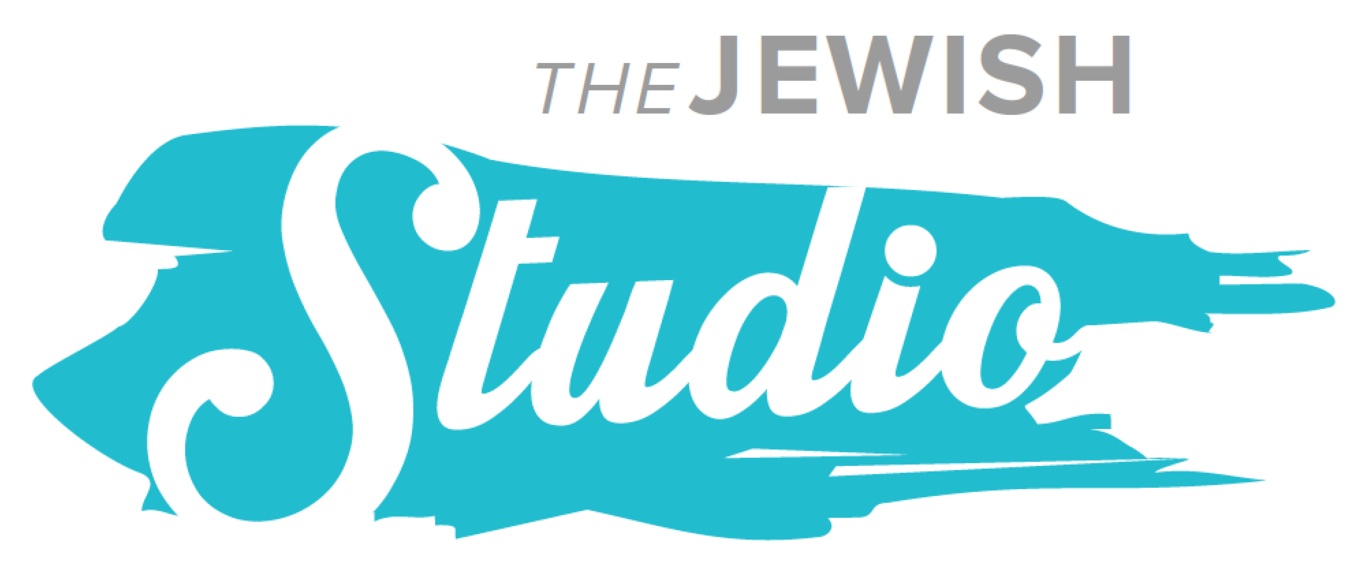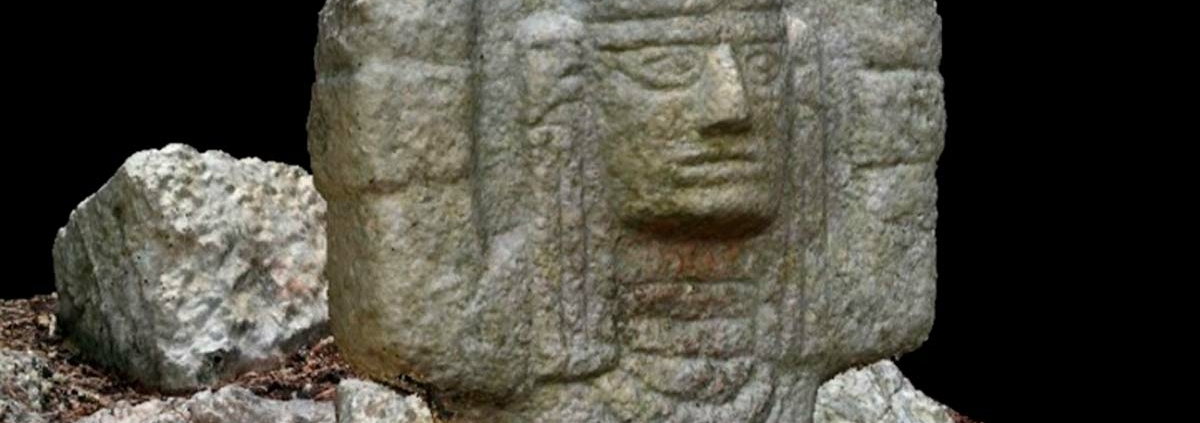What’s Your Name?
No one knows the names of the people who lived in the mountains surrounding the Mexican city of Oaxaca. We don’t know the names of their rulers, nor do we even know what they called their city. Yet, names are a defining element of a culture or a people. How we record and display names speaks volumes about the kind of civilization created. The Torah, for example, demonstrates a profound approach to recording names. But first, let’s visit this pre-Columbian city-state.
Monte Albán underwent four levels of development, from its foundation to its regional dominance in what is now known as Oaxaca. Visiting the ruins, one striking observation is that we use a Spanish name to identify a region that existed and then disappeared long before the Spanish arrived. Little information exists apart from glyphs that depict snippets of history. These glyphs, wherever found, seem to identify people. The oldest glyphs might identify the conquered peoples who first served the city. The second level of graphic writing appears to distinguish the leaders. The third level juxtaposes the strata of society, possibly sharing the names of rulers, priests, and captives. Finally, a significant shift occurred as a fourth level. Instead of being publicly displayed, stelae were created at the homes of elites, narrating family histories and using genealogy to reinforce the status and legitimacy of power.
Archaeologists believe the Monte Albán nation may have endured for over one thousand years. However, we lack recordings of the names of those lost when their civilization collapsed. Perhaps a devotion to remembering the names of those who were lost gives a people an enduring quality.
In contrast, at the beginning of Exodus, the Torah records the descendants of Abraham and Sarah, with the entire book known in Hebrew as “Shemot,” meaning “names.” Genesis often repeats the lineage from Abraham and Sarah to Isaac and Rebekah, and then to Jacob, Rachel, and Leah. These names serve as reminders of God’s covenant with the ancestors.
Two hundred thirty years later, on the precipice of leaving Egypt, a more comprehensive recounting of names was necessary. Reciting names establishes lineage, which is crucial for people on the move as it helps organize religious and societal structures for the Hebrews.
Later, in the Book of Numbers, a census lists the chieftains and their progeny. Here, the Hebrews are readied to battle for and create a nation with this recitation of names.
Since the days of the Torah, Jews have continued the practice of recording names. We recall the names of our deceased in prayers and on fast days. On Yom Kippur, we recite the names of martyrs. Even today, we repeat the names of those lost in the Shoah as a ceremony. Recently, the names of Israelis taken captive have been displayed on buildings and in protests.
Recalling names is a powerful ritual. We remember our leaders by naming streets and buildings after them and honor those killed by saying their names.
In the context of the Israel-Gaza conflict, while we might not know the names of every casualty, for the Jewish people, the names of each captive taken, each Kibbutznik murdered, and each soldier lost are critical for understanding our civilization. The Jewish people have maintained definition and cohesion by recording and recalling each name. Perhaps no other people have endured so long partly because, as we recall a name, we add that their memory should be for a blessing. Judaism understands that saying the names of cherished and lost individuals creates an enduring legacy and a hopeful future.
Rabbi Evan Krame






 Evan J. Krame was ordained as a rabbi by the
Evan J. Krame was ordained as a rabbi by the